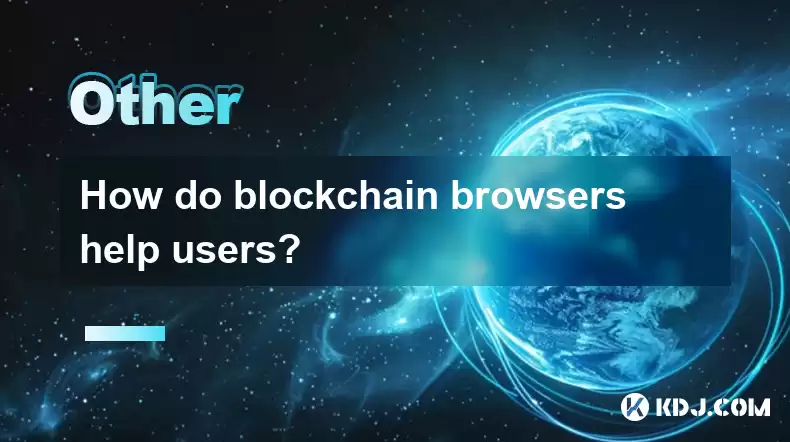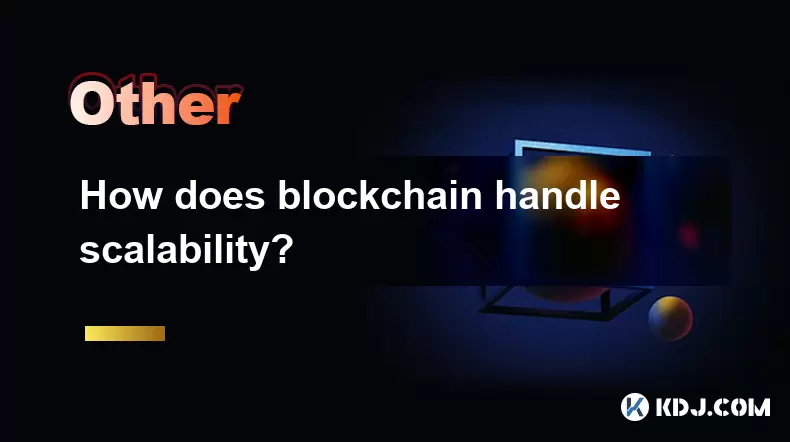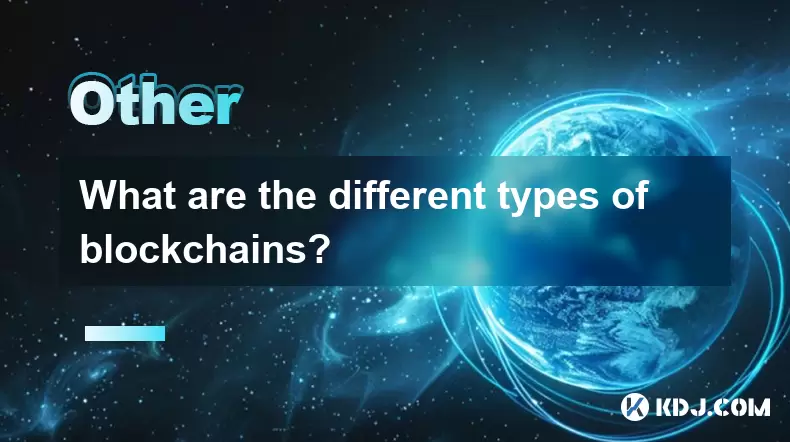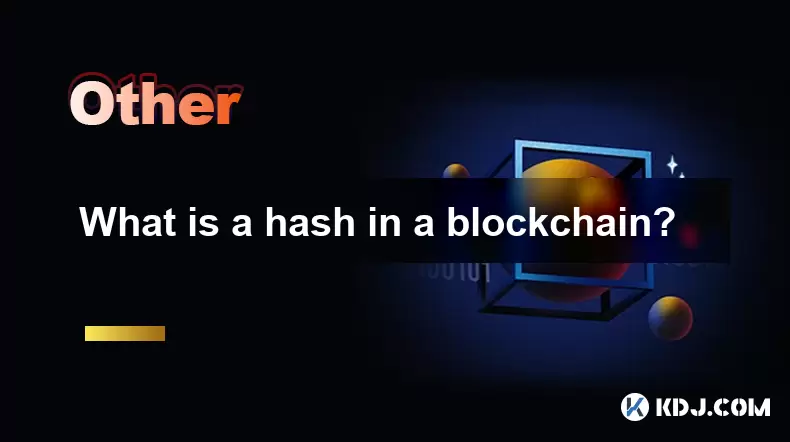-
 Bitcoin
Bitcoin $112700
-0.57% -
 Ethereum
Ethereum $3409
-3.35% -
 XRP
XRP $2.800
-6.95% -
 Tether USDt
Tether USDt $0.9998
0.05% -
 BNB
BNB $741.2
-2.50% -
 Solana
Solana $158.2
-4.71% -
 USDC
USDC $0.9999
0.02% -
 TRON
TRON $0.3220
-1.23% -
 Dogecoin
Dogecoin $0.1937
-6.71% -
 Cardano
Cardano $0.6987
-4.25% -
 Hyperliquid
Hyperliquid $36.60
-1.92% -
 Sui
Sui $3.336
-6.21% -
 Stellar
Stellar $0.3689
-6.39% -
 Chainlink
Chainlink $15.71
-3.85% -
 Bitcoin Cash
Bitcoin Cash $527.4
-2.19% -
 Hedera
Hedera $0.2295
-7.74% -
 Avalanche
Avalanche $21.05
-3.87% -
 Ethena USDe
Ethena USDe $1.001
0.02% -
 Toncoin
Toncoin $3.539
-1.75% -
 UNUS SED LEO
UNUS SED LEO $8.964
0.14% -
 Litecoin
Litecoin $105.8
-0.13% -
 Shiba Inu
Shiba Inu $0.00001184
-3.50% -
 Polkadot
Polkadot $3.501
-3.07% -
 Uniswap
Uniswap $8.831
-2.88% -
 Dai
Dai $1.000
0.03% -
 Monero
Monero $290.4
-3.99% -
 Bitget Token
Bitget Token $4.242
-1.47% -
 Pepe
Pepe $0.00001009
-5.08% -
 Cronos
Cronos $0.1253
-6.28% -
 Aave
Aave $249.9
-3.27%
How do blockchain browsers help users?
Blockchain browsers provide a user-friendly interface to explore blockchain data, interact with dApps, manage crypto wallets, and analyze on-chain trends, enhancing transparency and accessibility.
Mar 29, 2025 at 08:28 am

Understanding the Role of Blockchain Browsers
Blockchain browsers are specialized tools designed to interact with blockchain networks. Unlike traditional web browsers like Chrome or Firefox, they provide a user-friendly interface for exploring and interacting with the decentralized world of cryptocurrencies and blockchain applications. They offer functionalities not readily available through standard browsers, making them essential for anyone seriously involved in the cryptocurrency ecosystem. These functionalities significantly enhance the user experience and improve the accessibility of blockchain data.
Accessing and Exploring Blockchain Data
One primary function of a blockchain browser is providing access to the raw data residing on a specific blockchain. This allows users to view transaction history, check balances, and examine smart contract code directly. This transparency is a cornerstone of blockchain technology, and a browser is the key to unlocking it. This is particularly useful for auditing transactions, verifying contract deployments, and understanding on-chain activity.
Interacting with Decentralized Applications (dApps)
Many blockchain browsers are designed to seamlessly integrate with decentralized applications (dApps). These dApps run on the blockchain, offering services and functionalities without relying on centralized servers. A blockchain browser provides the necessary interface to connect to and use these dApps, streamlining the user experience. This simplifies the process of interacting with DeFi protocols, NFT marketplaces, and other decentralized services.
Managing Crypto Wallets and Assets
Several blockchain browsers offer integrated wallet management capabilities. This allows users to store, manage, and send cryptocurrencies directly within the browser environment. This integration simplifies the process of interacting with various blockchains and reduces the need for multiple external wallets. However, security remains paramount; always choose reputable browsers and ensure proper security measures are in place.
Analyzing On-Chain Data and Trends
Beyond simple data viewing, many blockchain browsers provide advanced analytical tools. These tools allow users to track on-chain activity, identify trends, and gain valuable insights into market behavior. This analytical capability is crucial for investors, traders, and researchers seeking to understand the dynamics of the cryptocurrency market. Sophisticated visualizations and data filtering options are common features.
Navigating Different Blockchains
The cryptocurrency ecosystem encompasses numerous blockchains, each with its own unique features and functionalities. A blockchain browser can support multiple blockchains, allowing users to seamlessly switch between them. This simplifies the process of exploring different networks and comparing their characteristics. This multi-chain support is essential for users involved with various cryptocurrencies and projects.
Improving Security and Transparency
By providing a direct interface to the blockchain, blockchain browsers enhance transparency and accountability. Users can independently verify transactions and smart contract code, reducing the risk of fraud and manipulation. However, it's crucial to use reputable browsers from trusted sources, as malicious actors could create fake browsers to steal user data. Always verify the browser's legitimacy before using it.
Step-by-Step Guide to Using a Blockchain Browser (Example)
Here's a simplified example of how to use a blockchain browser, assuming you're already familiar with the basics of cryptocurrencies:
- Install the Browser: Download and install a reputable blockchain browser.
- Connect a Wallet: Connect your cryptocurrency wallet to the browser. This is usually done through a seed phrase or private key.
- Explore the Blockchain: Use the browser's interface to explore transaction history, block information, and other on-chain data.
- Interact with dApps: Access and use decentralized applications directly within the browser.
- Analyze Data: Use the browser's analytical tools to track on-chain activity and identify trends.
Common Questions and Answers
Q: Are blockchain browsers safe to use?
A: The safety of a blockchain browser depends on its source and your security practices. Using reputable browsers from trusted sources and employing strong security measures, such as strong passwords and two-factor authentication, is crucial.
Q: What is the difference between a blockchain browser and a regular web browser?
A: A regular web browser accesses websites hosted on centralized servers, while a blockchain browser interacts directly with decentralized blockchain networks. It provides tools for viewing blockchain data and interacting with dApps.
Q: Can I use a blockchain browser to mine cryptocurrency?
A: While some browsers might integrate with mining pools, most don't directly support mining. Mining typically requires dedicated software and hardware.
Q: Are there any fees associated with using a blockchain browser?
A: Most blockchain browsers are free to use, but you'll still incur transaction fees associated with sending cryptocurrency on the blockchain itself. These fees are network fees, not browser fees.
Q: Which blockchain browsers are recommended?
A: Several reputable blockchain browsers exist, but researching and choosing one that aligns with your needs and security preferences is crucial. Consider factors such as supported blockchains and security features. Always verify the legitimacy of the browser before using it. It's recommended to look for reviews and feedback from other users.
Disclaimer:info@kdj.com
The information provided is not trading advice. kdj.com does not assume any responsibility for any investments made based on the information provided in this article. Cryptocurrencies are highly volatile and it is highly recommended that you invest with caution after thorough research!
If you believe that the content used on this website infringes your copyright, please contact us immediately (info@kdj.com) and we will delete it promptly.
- Ruvi AI: The Millionaire Maker with a Price Spike on the Horizon?
- 2025-08-03 02:50:12
- DOGE, Utility Coins, and Smart Money: A New Era for Crypto Investing?
- 2025-08-03 02:50:12
- Punisher Coin: Is This Meme Coin the Crypto Investment with 100x ROI Potential?
- 2025-08-03 03:30:12
- Ruvi AI, XRP, and CoinMarketCap: Decoding the Crypto Buzz
- 2025-08-03 03:30:12
- Solana, WeWake, and Presales: What's Hot in the Crypto Space?
- 2025-08-03 03:35:25
- MoonBull, LOFI Pepe: Navigating the Meme Coin Mania and the Best Crypto Whitelist
- 2025-08-03 04:10:12
Related knowledge

What is the difference between on-chain and off-chain transactions?
Aug 02,2025 at 04:22pm
Understanding On-Chain TransactionsOn-chain transactions refer to digital asset transfers that are recorded directly on a blockchain ledger. These tra...

What is the double-spending problem and how does blockchain prevent it?
Aug 02,2025 at 01:07pm
Understanding the Double-Spending ProblemThe double-spending problem is a fundamental challenge in digital currency systems where the same digital tok...

What is the difference between a blockchain and a database?
Aug 01,2025 at 09:36pm
Understanding the Core Structure of a BlockchainA blockchain is a decentralized digital ledger that records data in a series of immutable blocks linke...

How does blockchain handle scalability?
Aug 02,2025 at 02:58pm
Understanding Blockchain Scalability ChallengesBlockchain scalability refers to a network's ability to handle an increasing volume of transactions wit...

What are the different types of blockchains?
Aug 03,2025 at 03:01am
Public Blockchains: Open and Decentralized NetworksPublic blockchains are the most widely recognized type of blockchain, characterized by their open a...

What is a hash in a blockchain?
Aug 02,2025 at 05:28am
Understanding the Concept of Hash in BlockchainA hash in the context of blockchain technology refers to a unique digital fingerprint generated by a cr...

What is the difference between on-chain and off-chain transactions?
Aug 02,2025 at 04:22pm
Understanding On-Chain TransactionsOn-chain transactions refer to digital asset transfers that are recorded directly on a blockchain ledger. These tra...

What is the double-spending problem and how does blockchain prevent it?
Aug 02,2025 at 01:07pm
Understanding the Double-Spending ProblemThe double-spending problem is a fundamental challenge in digital currency systems where the same digital tok...

What is the difference between a blockchain and a database?
Aug 01,2025 at 09:36pm
Understanding the Core Structure of a BlockchainA blockchain is a decentralized digital ledger that records data in a series of immutable blocks linke...

How does blockchain handle scalability?
Aug 02,2025 at 02:58pm
Understanding Blockchain Scalability ChallengesBlockchain scalability refers to a network's ability to handle an increasing volume of transactions wit...

What are the different types of blockchains?
Aug 03,2025 at 03:01am
Public Blockchains: Open and Decentralized NetworksPublic blockchains are the most widely recognized type of blockchain, characterized by their open a...

What is a hash in a blockchain?
Aug 02,2025 at 05:28am
Understanding the Concept of Hash in BlockchainA hash in the context of blockchain technology refers to a unique digital fingerprint generated by a cr...
See all articles

























































































